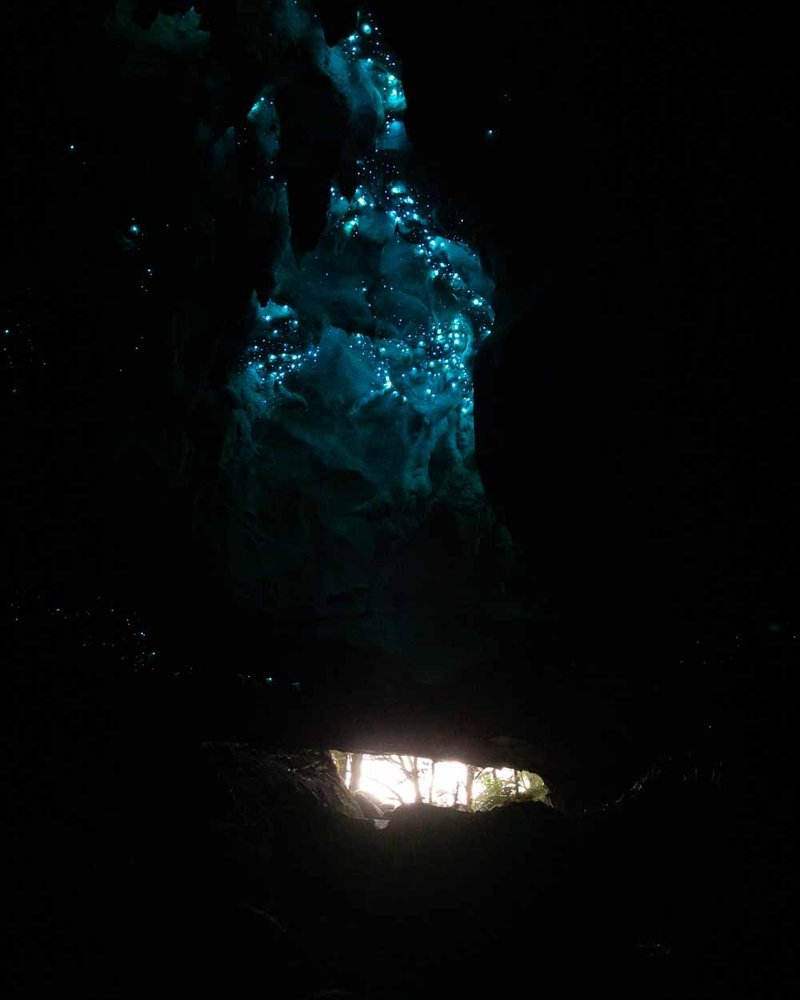
Glow worms, particularly species like the *Lampyris noctiluca* found in Europe and Australia, are known for their enchanting glow. This beautiful illumination isn’t just for show; it serves various important purposes. So, let’s dive deeper into how these fascinating organisms use light patterns to communicate, attract mates, and navigate their environments.
What Are Glow Worms and How Do They Glow?
Glow worms are not technically worms; they’re the larvae of beetles in the Lampyridae family. They glow due to a chemical reaction involving a substance called luciferin, which produces light when it reacts with oxygen. Picture a tiny lantern shining in the dark, attracting attention.
This natural glow serves several purposes. For starters, it helps them attract mates. During the mating season, male glow worms use their lights to signal females. If a female is interested, she’ll reply with her glow, creating a beautiful exchange of light in the dark.
Even more fascinating is that this glow can also deter predators. The light might suggest to potential threats that these larvae are toxic or unpalatable. So, the glow serves as a warning signal as well. It’s a pretty neat trick to have in nature!
How Do Glow Worms Communicate Using Light Patterns?
Glow worms communicate through specific light patterns. Each glow worm has its unique rhythm and intensity of flashing. This is kind of like sending text messages, where different series of beeps can convey various meanings.
During courtship, males often emit a steady or pulsating light pattern, while females might respond with shorter flashes. This exchange can happen multiple times until they sync up, leading to mating. It’s almost like a dance, where timing and rhythm are essential.
Interestingly, researchers have studied these light patterns to understand how glow worms coordinate their mating rituals. The lights are not just random; they follow a certain code that the worms have learned to interpret. So, next time you see them glowing, think of it as a secret language shared in the quiet of night.
The Role of Light in Attracting Mates
When it comes to attracting a mate, glow worms are like romantic poets, each trying to impress the other with the beauty of their glow. Females tend to emit a steady light, which acts as an invitation to potential partners. This steady glow has been described as a “come hither” signal—a beacon calling male glow worms to approach.
Males, in their quest to win a mate, use varying patterns and intensities of their glow. The more intense and rhythmic their flashing, the more likely they are to catch a female’s attention. This display is not just about brightness; it’s also about timing and consistency.
During mating season, you can often find these enchanting creatures lighting up in sync, creating a magical atmosphere in the forest. This attention to light communication shows how essential it is for their reproductive success.
How Do Environmental Factors Affect Glow Worm Communication?
Just like humans might change their tone based on the setting, glow worms adjust their light patterns based on environmental factors. Things like humidity, temperature, and even moonlight can influence how glow worms behave.
For example, studies have shown that higher humidity levels can enhance their glow. So, on a damp evening, you might notice them shining brighter and communicating more actively than on a dry night.
Furthermore, moonlight can interfere with their signals. It’s a bit like trying to have a quiet conversation in a loud place. If it’s too bright outside, glow worms might be less inclined to communicate, opting instead for stealth over visibility.
Can Glow Worms Sync Their Communication Patterns?
You might be wondering if these tiny creatures can actually sync their light patterns with one another. The answer is a resounding yes! There’s something almost mesmerizing about how glow worms can coordinate their glows. Researchers have observed that they can adjust their flashing to match the rhythms of nearby glow worms, creating a kind of communal light show.
This synchronization likely increases their chances of attracting mates. When multiple individuals flash together, it amplifies the overall brightness and visibility, making it easier for potential partners to spot each other from a distance. Think of it like a dance floor filled with strobe lights; the more the merrier!
It’s a beautiful example of how animals can work together, even in simple yet effective ways, to enhance their survival and reproductive success.
What Happens if Glow Worms Don’t Communicate Effectively?
In the delicate world of glow worms, effective communication is vital. If a glow worm fails to communicate properly, it can miss out on mating opportunities and potentially affect its survival. Imagine trying to signal for help but nobody can see you; it’s a similar scenario.
Miscommunication during mating can lead to fewer successful pairings. If a male is unable to attract a female due to poor flashing or if a female misreads his signals, the connection might just fizzle out. In nature, every missed opportunity can affect the population’s overall health.
Additionally, miscommunication can impact predator avoidance. If glow worms can’t effectively convey their warning signals, they could be more susceptible to being preyed upon. So, effective signaling isn’t just about romantic encounters; it’s also a matter of life and death!
Why Understanding Glow Worm Communication Matters
Studying how glow worms communicate with light patterns is more than just an academic exercise. It has practical implications for understanding broader ecological systems and even the effects of climate change on these fascinating creatures.
Glow worms are sensitive indicators of environmental health, and any disruption to their communication patterns can signal larger ecological issues. As habitats change, so do the conditions under which glow worms thrive and interact. Understanding their communication helps us take steps to protect them and the environments they inhabit.
Moreover, glow worms can inspire technological advancements, especially in bioengineering and communication technologies. Their natural glowing abilities and complex signaling systems can provide insights into creating more efficient communication systems in various fields.
In conclusion, glow worms are far more than just pretty lights in the night. They communicate with intricate light patterns that serve multiple purposes, from attracting mates to deterring predators. By studying these tiny creatures, we not only gain insights into their charming world but also learn valuable lessons about communication and environmental sustainability. So, the next time you’re in a dark forest and see those twinkling lights, remember—you’re witnessing nature’s beautiful language at work!

